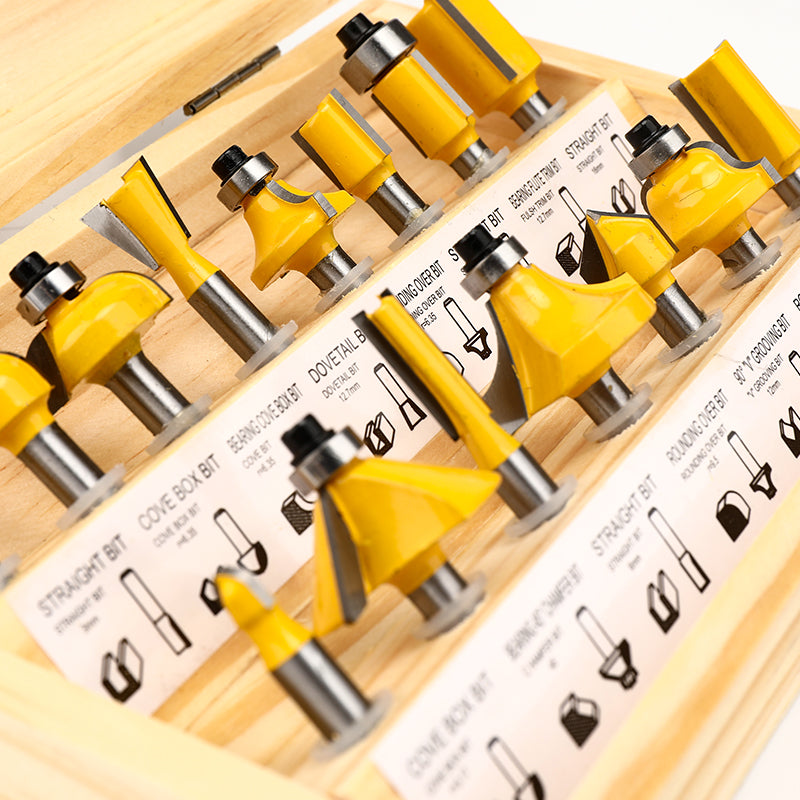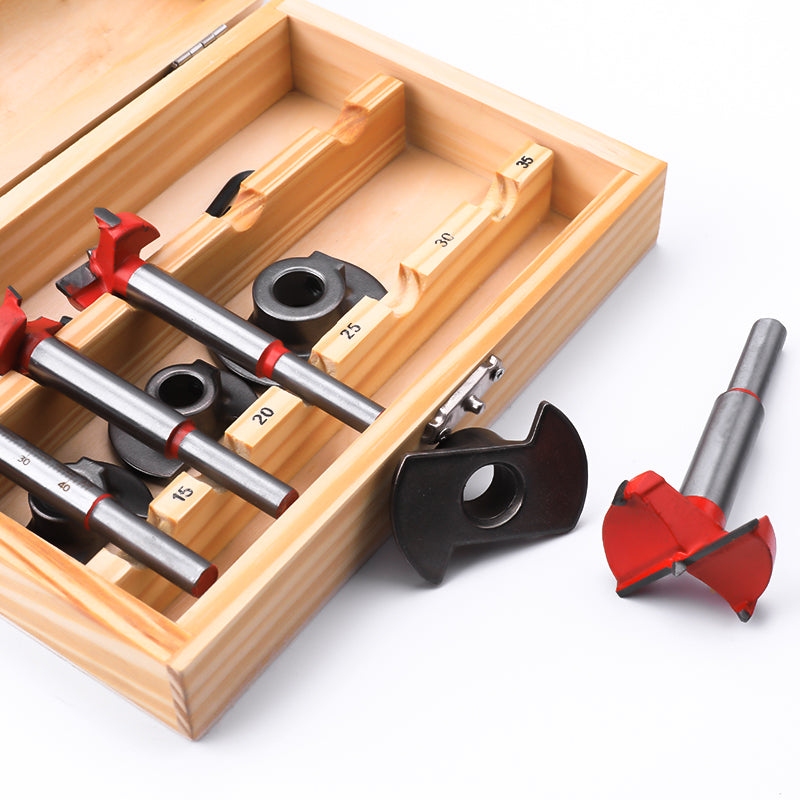What kind of secrets can we learn from the ancient China?
From the ancient China we could learn lot of things, not just the far-reaching history, also wisdom and civilization. Today we will share the wooden wedge structure, see how the people do the woodworking in ancient China and what’s the secret of the success.
In the structure of ancient Chinese furniture production, wooden wedges are the perfect furniture craftsmanship.

Wooden wedges are widely used in traditional woodworking, which maximizes the fastness of the tenon-and-mortise fit. The wedge is a simple mechanical tool. It is a wooden prong, wood chip, etc. that fills the voids of the utensils to make it firm. It is composed of two inclined planes, which are small wooden prongs with a thick upper and a sharp bottom, which are used to separate objects. Short and wide-angled wedges can separate objects faster, but longer, narrow-angled wedges will require more force.
A wedge is a triangular wood chip with a wide end and a thin end, which is driven between the tenon and tenon to make the two tightly combined. It is usually made of the same material as the furniture, roughly as follows:

Squeeze wedges: For most furniture, the mortise and tenon structure are matched, and the size of the tenon is always slightly smaller than the eye. The gap between the two must be tightly prepared by squeezing to make it firm. Wedge squeezing has the function of adjusting the relative position of the parts. If used properly, the furniture parts can be changed from unevenness to flattening, incorrectly adjusted, and not strictly adjusted. For example, the parts where the Ming-style chair legs pass through the chair surface, the upper and lower ends of the backrest, the ends of the tooth bars, etc., are all places where the wedge is used.
Broken head wedges: also known as "head wedges", usually pre-saw or chisel the wedge at the appropriate position near the outer side of the end of the through tenon. After the tenon is inserted into the mortise, prepare a wedge to open the tenon and increase the volume. , Wood densification. This is the most commonly used form of wedge preparation, which is commonly used on the through tenon of important structural parts such as the edge of the table, the chair surface, and the four corners of the bed surface.

Large-in and small-out wedges: also known as "false large-in and small-out wedges". In the structure of the half tenon, a strong and regular wooden wedge is used to penetrate the surface of the furniture to secure the half tenon. Its appearance is the same as that of a large-in and small-out tenon. Although there is a suspicion of "stealing", it saves labor and materials, and can be both beautiful and strong. It is often used on furniture with inconsistent internal and external materials, and can also be used when repairing broken large-in and small-out tenons.

In the structure of ancient Chinese furniture production, wooden wedges are the perfect furniture craftsmanship. The wedge is also used as a bevel tool, which is frequently used in the furniture manufacturing and repair process. However, it seems that there is not much discussion about how to do it. Some people do it with an axe. I personally like the feeling that the machine cutting specifications are uniform, so I tried to use a table saw to cut. Low. Later, I thought about whether using my self-made quick positioning cutting and tenoning table could help. Sure enough, this trick worked well, and soon a bunch of wooden wedges were made. I will share my method with you today.
Sample Block Quote
Praesent vestibulum congue tellus at fringilla. Curabitur vitae semper sem, eu convallis est. Cras felis nunc commodo loremous convallis vitae interdum non nisl. Maecenas ac est sit amet augue pharetra convallis nec danos.
Sample Paragraph Text
Praesent vestibulum congue tellus at fringilla. Curabitur vitae semper sem, eu convallis est. Cras felis nunc commodo eu convallis vitae interdum non nisl. Maecenas ac est sit amet augue pharetra convallis nec danos dui.
Cras suscipit quam et turpis eleifend vitae malesuada magna congue. Damus id ullamcorper neque. Sed vitae mi a mi pretium aliquet ac sed elitos. Pellentesque nulla eros accumsan quis justo at tincidunt lobortis denimes loremous. Suspendisse vestibulum lectus in lectus volutpat, ut dapibus purus pulvinar. Vestibulum sit amet auctor ipsum.

















































